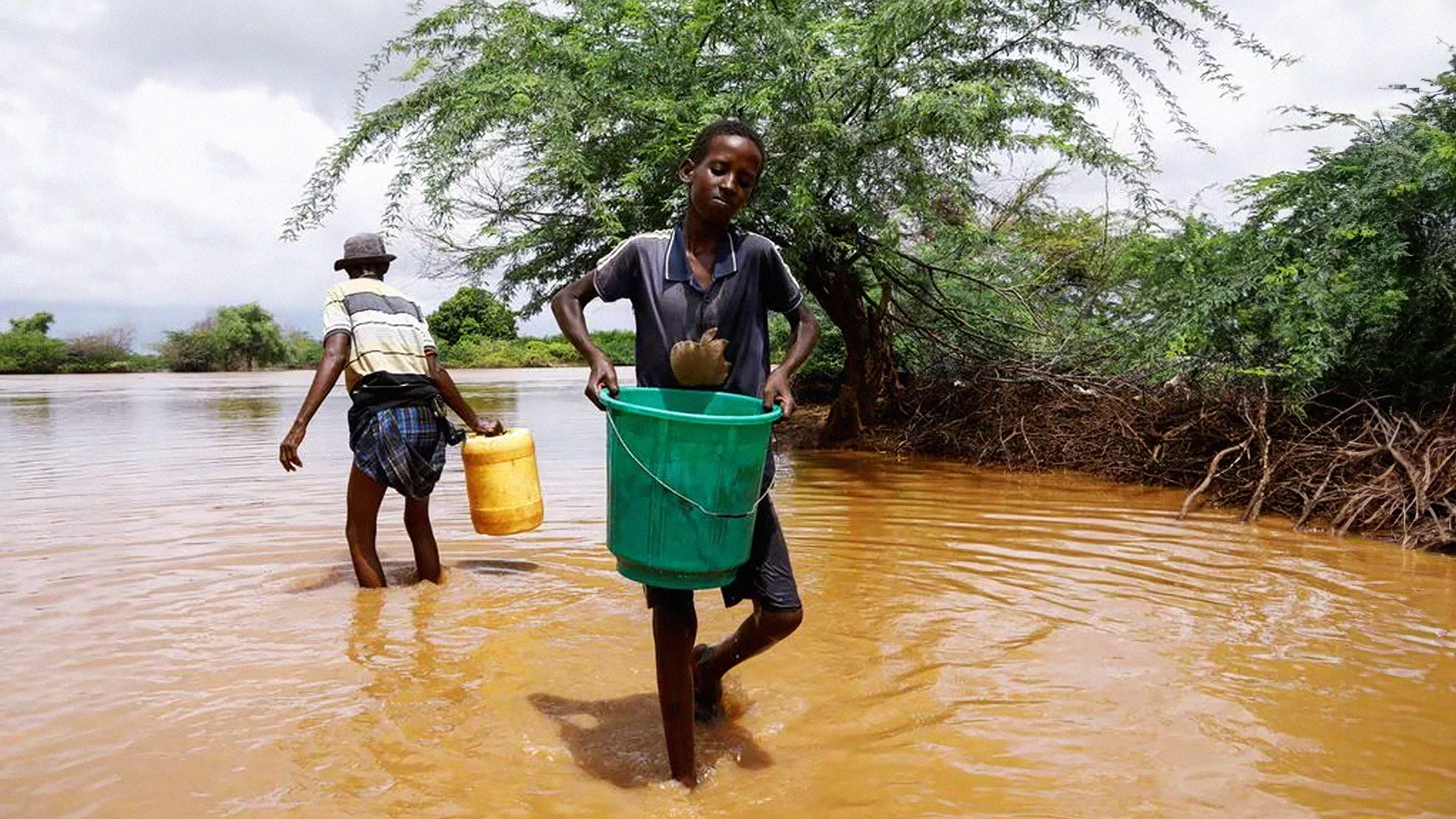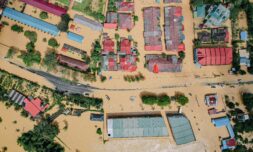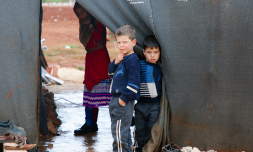East Africa has been grappling with a crisis of monumental proportions – devastating floods that have wreaked havoc across the region. From Kenya to Somalia, Tanzania to Ethiopia, the torrents of rain have displaced communities, destroyed agricultural farmlands, and left a trail of human suffering in their wake.
East Africa has long been accustomed to seasonal rains, vital for its agrarian economies. However, recent years have seen a dramatic increase in the intensity and frequency of rainfall, resulting in unprecedented floods.
As the region struggles with regular extreme weather events, the ongoing floods stand as a somber testament to the devastation that climate change is inflicting upon vulnerable communities.
Unusually heavy rainfall, swollen rivers, and overflowing dams have led to the displacement of millions of people in Kenya, Somalia, Tanzania, and Ethiopia in recent months.
Homes have been submerged, farmlands have turned into muddy wastelands, and infrastructure, including roads and bridges, has been severely damaged.
In both Kenya and Ethiopia, over 40 people have died – including children – in floods caused by torrential rains. In Somalia, at least 14 deaths have been reported due to floods, while more than 47,000 people have been forced to flee their homes.
With the ongoing national examinations in Kenya, thousands of students continue to be affected by the phenomenon. According to OCHA, millions of people are likely to be displaced by the end of this catastrophe in January 2024.




















